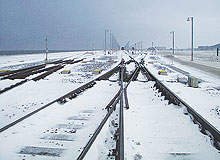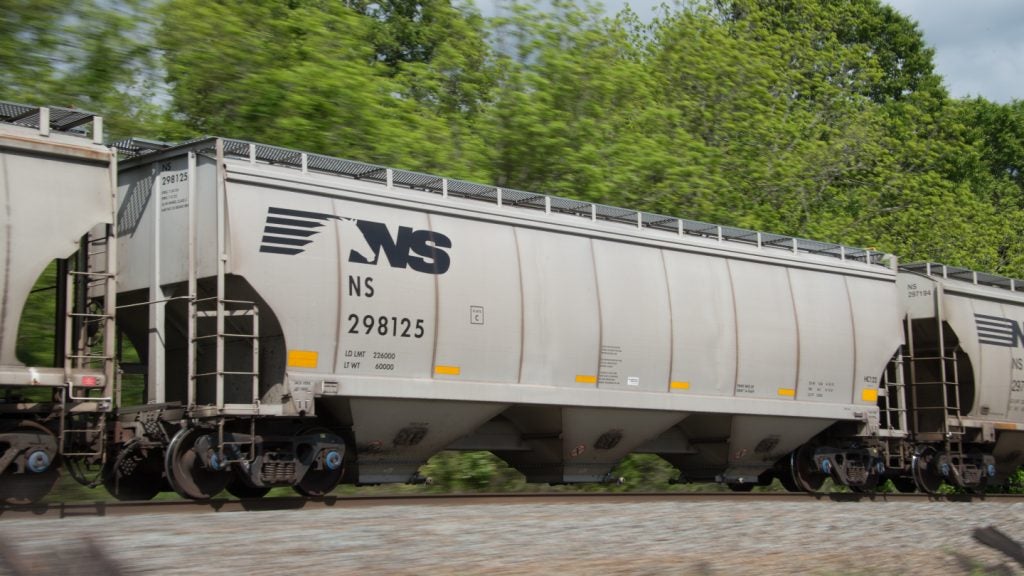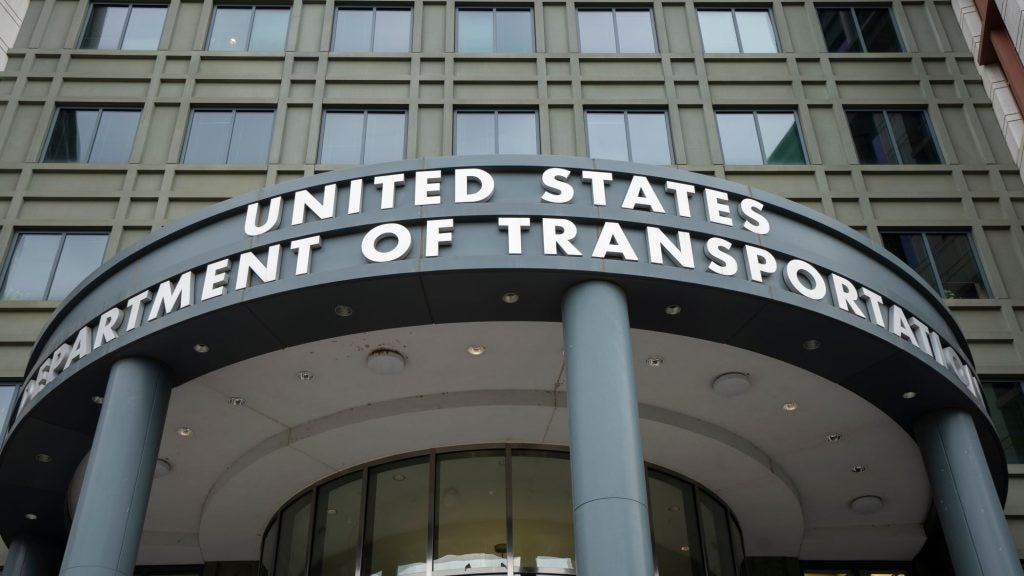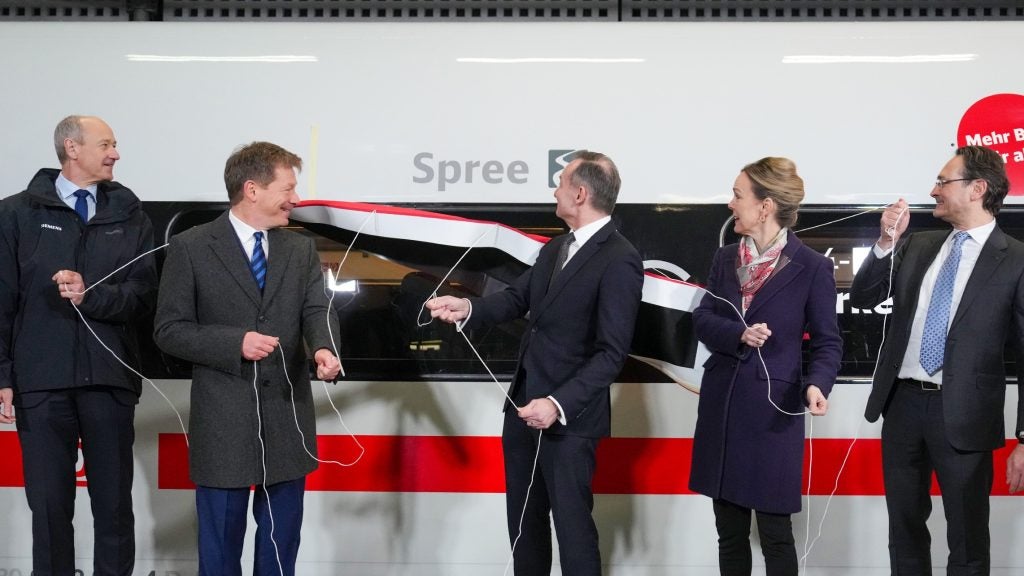
Four years of heavy seasonal snowfall have had a devastating affect on rail links across Europe, particularly within the UK where rail disruption became common place during the inclement weather of December 2010. Over December, rail management companies within the UK came under significant pressure and criticism following a lack of sufficient de-icing solutions, which caused widespread delays and cancellation of services.
The areas that witnessed the most considerable delays included Kent and Essex, where trains are predominantly electric and require the third rail as a power source. Problems arose when the levels of snowfall caused the third rail itself to freeze, stopping the transfer of power from the line to the train and thus grinding service to a halt.
The Eurostar service between London and Paris was amongst the worst hit lines, with stations on both sides of the English Channel suffering at the hands of the weather. Severe delays at both ends of the line significantly hampered the service, causing queues of up to seven hours at St. Pancras International.
UK Secretary of State for Transport spoke of the “exceptional conditions” amidst the worst of the weather on December 20, highlighting the extensive disruption suffered by passengers as a result. “The rail industry has pulled together to keep essential services running, using special timetables where necessary. Disruption due to weather conditions of this extremity is inevitable. The measure of resilience is the speed of recovery of the networks from such events. On this measure, the strategic road network and the rail network have performed broadly satisfactorily,” said Hammond.
Rail passenger associations responded to Hammond’s comment calling for improved information from service providers, with Passenger Focus Chief Executive Anthony Smith stating, “While passengers can understand that very severe weather can disrupt transport systems and recognise the efforts made by staff on the ground, what they cannot forgive is poor quality information.”
See Also:
The status quo
In the UK, current de-icing technology consists of designated “de-icing trains” operating on the network at staggered intervals, coating the line with de-icing fluid. This, however, does not account for a sudden drop in temperature as de-icers do not operate around the clock. The result of this was several trains reported stranded over the recent cold snap.
How well do you really know your competitors?
Access the most comprehensive Company Profiles on the market, powered by GlobalData. Save hours of research. Gain competitive edge.

Thank you!
Your download email will arrive shortly
Not ready to buy yet? Download a free sample
We are confident about the unique quality of our Company Profiles. However, we want you to make the most beneficial decision for your business, so we offer a free sample that you can download by submitting the below form
By GlobalDataCoating the third rail in de-icing fluid also poses other problems, as RTR Technologies Director of Business Development Craig Berger points out. “This action was deemed impractical. It’s an action that needs to be taken in advance and is more prevention than solution,” said Berger.
With sudden drops in temperature and snow showers becoming a common occurrence, a more permanent solution may be necessary, and RTR Technologies, headed by Rosalie Berger, believe they have the permanent solution that the UK and Europe could use.
Working in an unfriendly environment
The third rail is, in itself, a difficult environment for technology to consistently deliver results in. Any installations must be able to withstand the voltage fluctuation between 450v-900v contained in the line, combined with the excessive force and vibrations caused by trains operating on the line.
The solution posed by RTR Technologies has proven to be both effective and energy-efficient. Consisting of a long line electrical heating system, the plastic heater is infused with carbon black and expands or contracts as to the temperature of the rail. Drawing its power from the third rail, the system consumes between 30w-40w in order to raise the temperature of the line within 30 minutes, taking into account the possibility of a 20mph wind.
The system is installed in 500ft-600ft circuits and is held into place with fibreglass, with spring clips every 15ft holding the assembly in place. Despite the harsh operational environment, the device has a working life expectancy of approximately ten years, with a power-limiting version capable of extending that.
“The system itself is easy to install and implement. When we were designing it, we only had pre-existing rail connections that had been in place for some time to work with, so the system itself had to be retro-fitable in order for it to be feasible,” says Berger.
Reliability is a necessity
Any system that purports the ability to maintain rail services during inclement weather must have a high level of reliability, and this reliability is something that RTR’s technology can boast.
The system doesn’t aim to melt snow in its entirety, rather to maintain the temperature of the third line in order to promote regular service, the technology is all the more reliable.
“I don’t want to say 100%, because that’s unrealistic, but the reliability percentage is definitely in the high nineties. To put that into perspective, the system has been implemented along steel guideway people movers at airports, where the required moveability percentage is 99.8%, and the system has redeemed itself. We now have four million feet of the system installed on rail networks, primarily in the US,” said Berger.
As well as the success witnessed along steel guideway people movers, the technology has vastly improved reliability along the New York City Transit line by Rockaway Park, which was continually affected and disrupted by seasonal, icy weather. Berger comments, “Until they installed this system, the line was a nightmare and suffered from the weather. Since then, the weather is no longer an issue and the line continues to perform well despite heavy snowfalls.”
Lessons for Europe
So what lessons can Europe learn in their attempts to avoid disruption to both passenger and freight rail services in the event of severe weather conditions? While transport budgets continue to feel the strain as a result of the harsh economic climate, a costly winter operational plan may not be placed high on the agenda. Craig Berger believes that this can be amended with a cost-effective solution at a high-reliability rate.
“The system that we can implement is both energy and cost efficient. A price performance ratio analysis can indicate which particular system, either the self-regulating or power-limiting option, would be best for each line. Although the self-regulation option has a life expectancy of 10 years, it is 50% cheaper. The power-limiting variant has the higher costs attached, but also boasts a higher life expectancy so can become a strong contender for implementation along a frequently-used line, such as the London Underground.”






